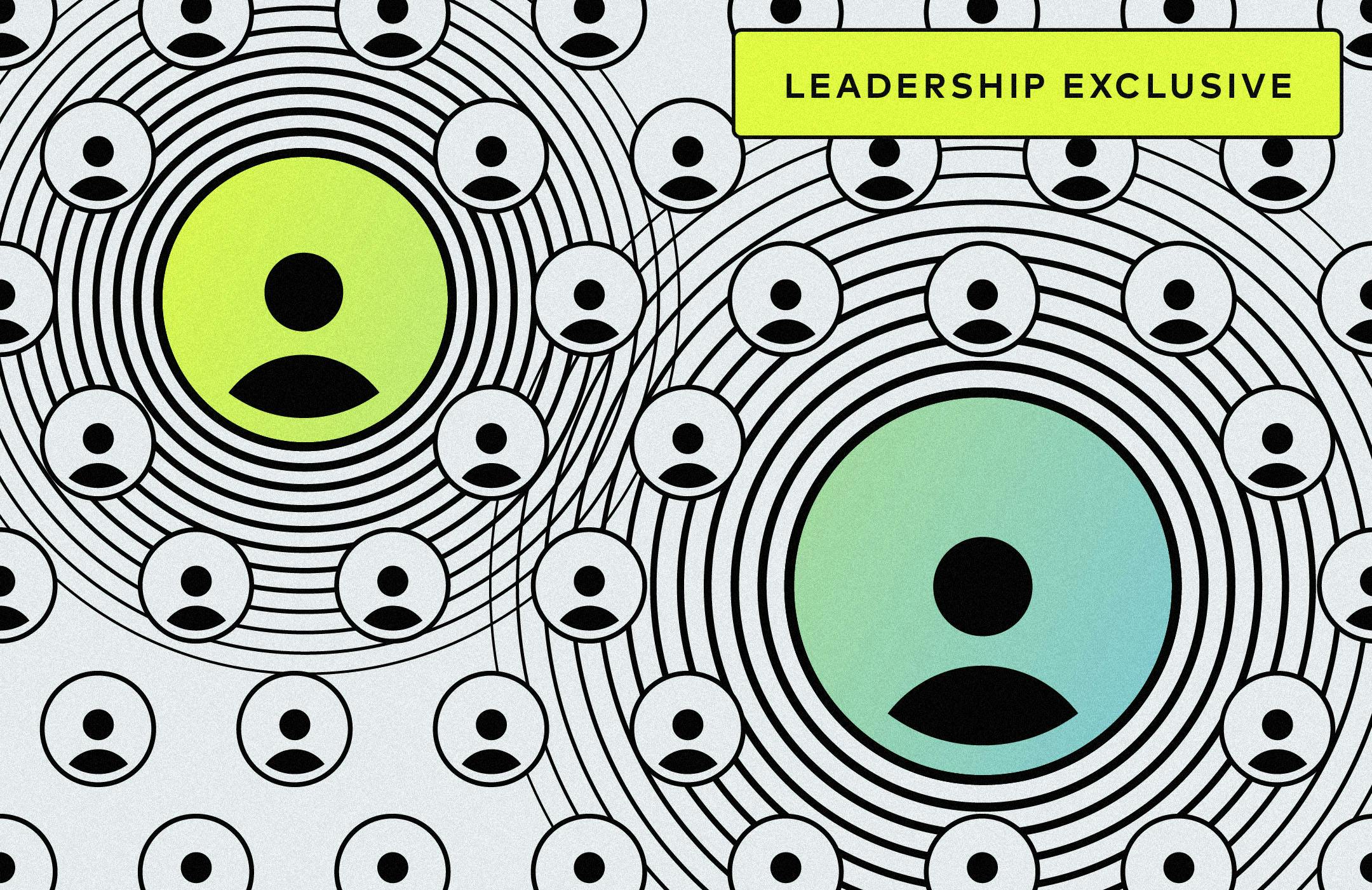Customer lifetime value (CLV) is one metric retailers and other customer-facing organizations always have on the brain. CLV quantifies the total worth of a customer to a business over the course of their relationship and can consist of one single purchase, or it can reflect a decades-long relationship with dozens or even hundreds of transactions.
When a company chooses to use CLV to guide its overall business strategy, it commits to focusing on its highest-value customers. But it isn’t as simple as that — brands need to answer a few questions first, like how should an organization define high-value customers? Should they base it on the total amount spent in a year, the number of transactions, or increased spending over a certain period? For a company to reorganize its operations around CLV, it must be sure that the key information they’re working from — the profile of its high-value customer — is precise and backed by data.
When $1,000 isn’t exactly $1,000
Let’s start with the most important word in CLV: value. Defining a high-value customer is as simple as calculating their total spend for many organizations. For example, a menswear retailer might define its high-value customers as those who spend at least $1,000 in a single year. A local drug store would set their figure lower, possibly around $250 or higher. In theory, finding this threshold should be simple. But pinpointing that $250 or $1,000 figure isn’t as simple as it seems. Take the menswear example: if a new customer visited a store in February, bought a single suit for $1,100, and then didn’t walk into a store again for the rest of the year, should they be considered the type of high-value customer that is essential for long-term strategy? How does their behavior compare to a customer who hasn’t purchased an expensive item but instead bought several ties, dress shirts, and trousers over multiple visits throughout the year? You have to start somewhere when defining your high-value customers, and a concrete figure can serve as a good starting point. But, figuring this out is only one piece of a larger puzzle.
The trouble with demographics
Historically, organizations have developed marketing personas and applied specific traits to a customer profile when trying to define their most valuable customers. Beyond just the amount they spend in a year, these characteristics could include their age, product preferences, location, and even their career. For example, a menswear retailer might define their best customers as men who work in professional services like law or accounting, between the ages of 35 and 50, with an annual income of more than $100,000. As organizations transition to a customer-centric approach, they may believe that combining a spending threshold with their customer persona is all they need to do. The problem here is that what we’ve described above is an aspirational persona, rather than an informational persona. Instead of being informed by the company’s data, this persona was developed using guesswork and assumptions. That menswear retailer’s sales and marketing leaders may want their ideal customer to make $100,000 a year or more, but the reality could be that they collect most of their revenue from those making between $50,000 and $75,000. The takeaway? Let the data do the talking.
Finding your correct definition
It should be clear by now that there is no one-size-fits-all solution to defining your most valuable customers. As you modify your operations and integrate more customer data, the contours of your top customers may shift slightly, and your “high-value customers” may also change over time. To identify high-value customers and move toward customer-centricity, organizations need a foundation of accurate data and to be willing to let go of their preconceived notions. To learn more about the importance of identifying high-value customers, watch our video "Expert Angles: Hannah on High-value Customer Strategy"
